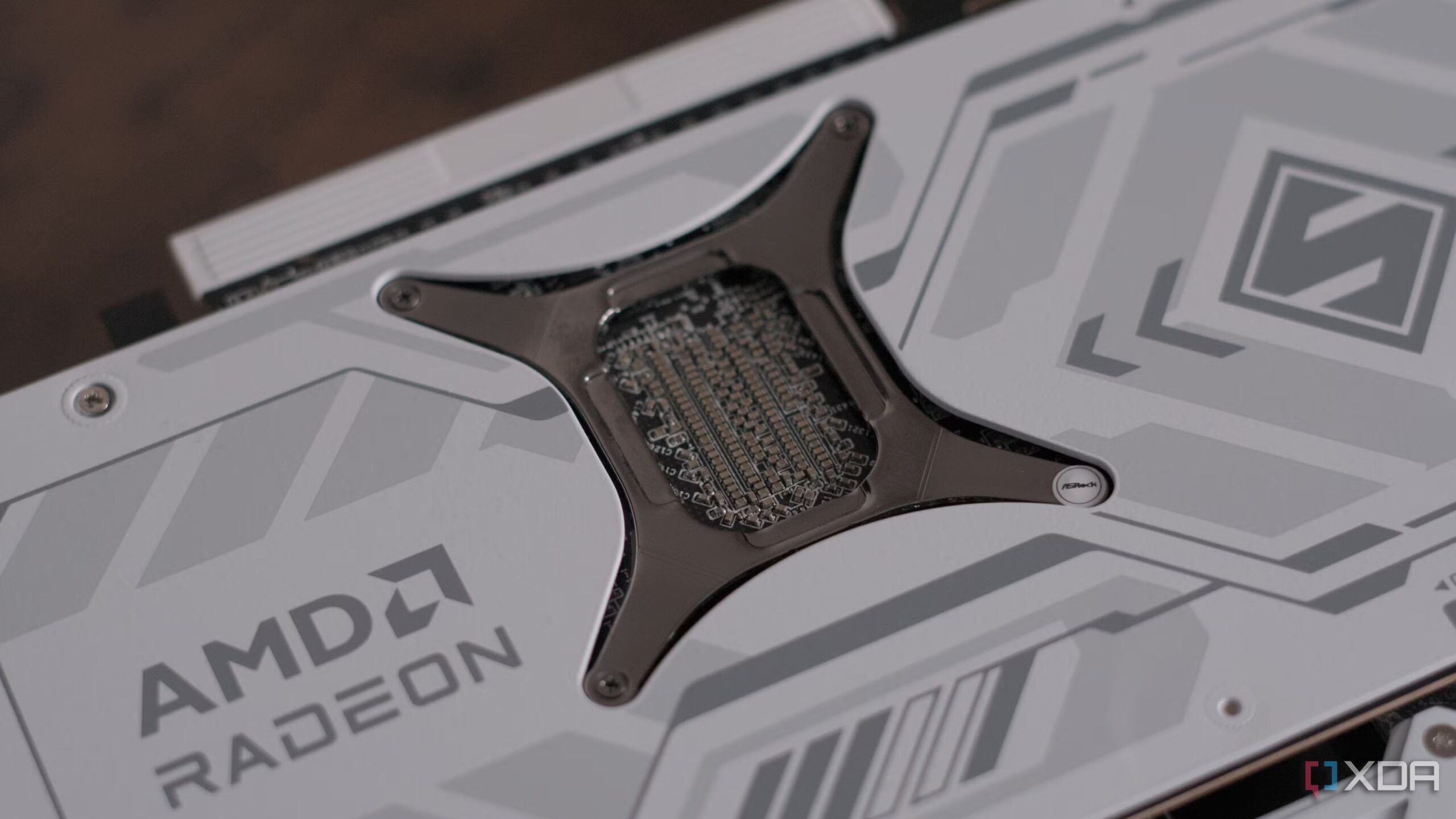UPDATE: Nvidia continues to solidify its dominance in the GPU market, leaving AMD struggling to keep pace. New reports from industry analysts confirm that Nvidia’s latest pricing strategies and proprietary technologies are exacerbating the already stagnant gaming landscape. This situation is urgent for gamers as they face soaring costs and limited choices.
The price of high-end GPUs has skyrocketed, making it nearly impossible for many gamers to upgrade their systems. For instance, the Nvidia GeForce RTX 5090 is priced out of reach for most, while alternatives like the AMD Radeon RX 9070 XT offer only a modest reprieve. With Nvidia’s GPUs being the go-to for AI development and high-resolution gaming, AMD’s attempts to undercut the competition have not yielded significant results.
Gamers are facing a critical choice: invest heavily in Nvidia’s ecosystem or settle for less powerful alternatives. The lack of competition in the GPU market has created a situation where Nvidia can set exorbitant manufacturer suggested retail prices (MSRPs), leaving consumers with few options. The market has seen a dramatic shift toward platform lock-in, further complicating the purchasing decisions for gamers who want the best performance for titles like Cyberpunk 2077.
A recent analysis highlights the impact of crypto-mining on GPU availability, driving prices to unprecedented heights. As miners hoarded GPUs, both AMD and Nvidia capitalized on the situation, resulting in inflated prices that have made it nearly impossible for casual gamers to enter the market. The ongoing crisis has led to calls for greater transparency in pricing and availability.
Amid this landscape, Intel’s recent partnership with Nvidia raises concerns about further monopolization in the industry. Intel’s collaboration on proprietary technologies like NVLink could stifle open alternatives, leaving gamers at the mercy of Nvidia’s pricing schemes. This partnership may hinder the development of open standards like Ultra Accelerator Link (UA Link), which could provide better interoperability across different hardware.
The competitive spirit of the market has diminished, leading to a stagnation that could threaten the future of PC gaming. Despite AMD’s success in the CPU sector with its Ryzen chips, its GPU division continues to lag. Although the RX 90 series made strides, AMD has yet to make a significant impact against Nvidia’s robust ecosystem.
Gamers are increasingly frustrated with the lack of innovation from both companies. The industry’s focus on proprietary technologies, such as Deep Learning Super Sampling (DLSS), has created a divide that forces gamers to choose sides. Nvidia’s extensive suite of features may benefit those invested in its ecosystem, but it leaves AMD users feeling sidelined.
The gaming community is calling for a shift in strategy from AMD. To regain market share, AMD needs to aggressively promote cross-platform technologies and open standards while delivering better pricing strategies. The current state of high prices and limited options must change for the health of the gaming community.
Looking ahead, industry insiders stress the need for collaboration between AMD and Intel to develop open alternatives to Nvidia’s technologies. Creating better documentation and providing developers with comprehensive SDKs could foster an environment where innovation thrives, benefiting all gamers.
As the gaming industry stands at a crossroads, the community must advocate for fair pricing and transparency. Until AMD challenges Nvidia’s hegemony more robustly, gamers will continue to face a landscape dominated by high costs and limited competition. The future of PC gaming depends on the industry’s response to these pressing challenges.
Stay tuned for further updates as the situation develops and the gaming community rallies for change in the GPU market.





































































